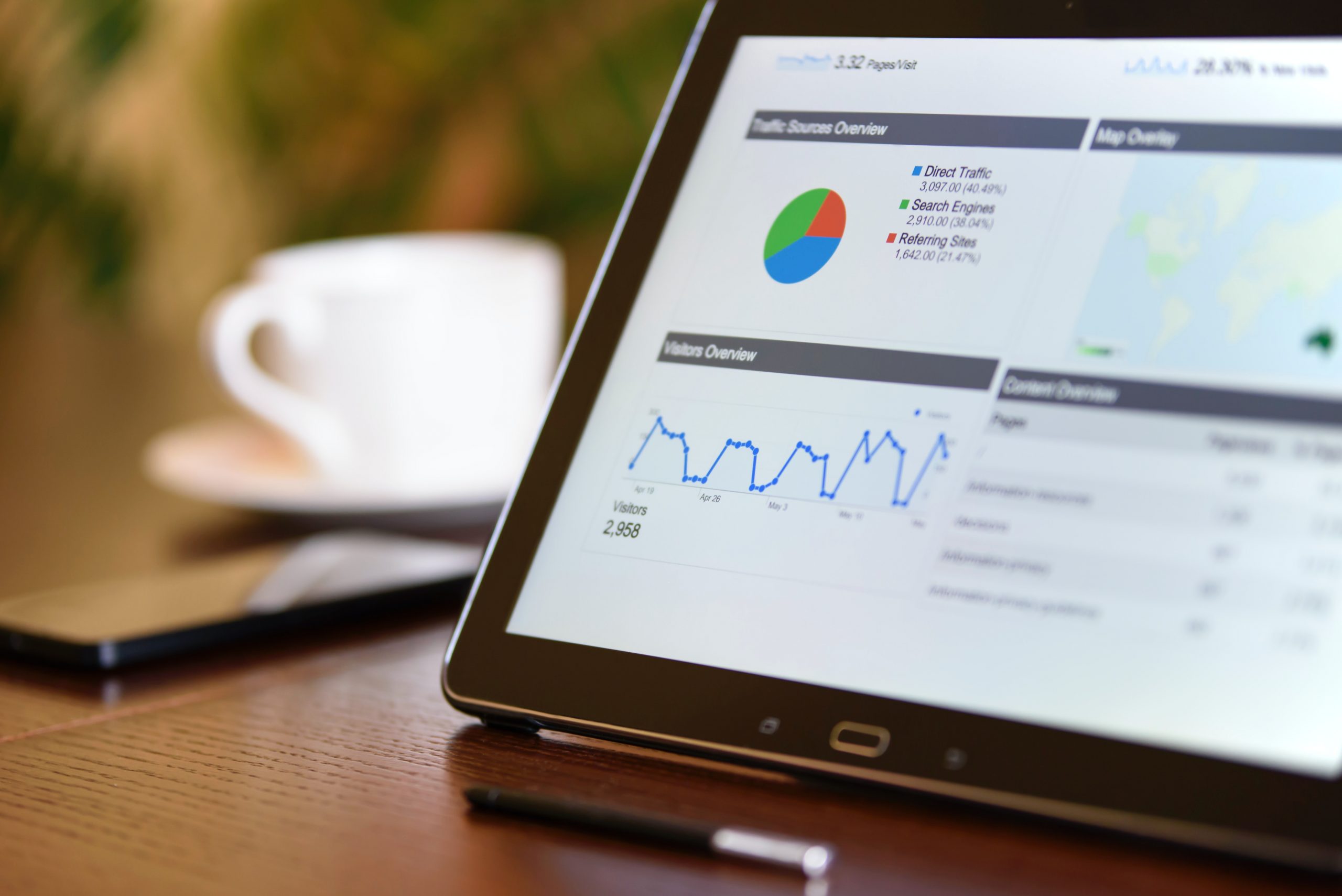By: Harjot Sarai
Legal analytics can be defined as the science of extracting information from massive amounts of data. In practice, tools for legal analytics assist lawyers in making data-driven choices upon which to base their legal strategies. Legal analytics help legal professionals in using data to inform their decision-making. Since we have been talking about legal analytics in a broad sense, let’s dig a little deeper.
How exactly do law practices benefit from legal analytics?
Better chances of favourable litigation outcomes
The prediction of litigation outcomes may be the most effective application of legal predictive analytics. Various public information sources are available on decisions, lawsuit costs, precedents, timelines, and much more. All this information can be used and analyzed to determine if a particular case will likely result in a favourable outcome.
By comparing the elements of their case to the historical data, legal professionals can make quantified predictions about how long the lawsuit may last, whether it will settle or go to court and whether the costs of carrying out litigation would outweigh the possible gains.
Promoting lawyer productivity
Not only that, but legal departments can also use predictive analytics for capacity, planning, budgeting, and scheduling. Legal professionals can choose the best team member depending on the difficulty and domain of a task by having access to an individual counsel’s data, such as hourly rates, prior performance, and areas of experience. To advise on such issues, the analysis may factor in seasonal changes in demand, the dates of product launches, and other crucial metrics.
Prudent business decisions
Additionally, legal predictive analytics may make valuation and pricing simpler for businesses. Legal practitioners can arrive at settlement amounts and asset valuations more reliably and swiftly by ingesting contract values, risks, and historical price data.
Management can make good business decisions moving forward, consulting with data to guide decision-making. A trained artificial intelligence system can quickly review the history of thousands of legal cases, revealing key insights into managing a legal business. The information gained from such data can assist law firms in cutting waste and boosting profitability.
The results of the latest transformation survey report by The Association of Corporate Counsel and DISCO illustrate that the majority of legal departments are not implementing such technologies, even though there are apparent technology-driven advantages.
Why may a business decide not to implement such practices in their workplace?
Below are some of the main barriers to the transformative changes outlined above.
Present fee structures
Due to the current pricing structures, businesses are discouraged from using legal predictive analytics. Innovating does not fit well with the billable hour for lawyers. Actual client value and billable hours are not directly related. Businesses will always want to be successful and produce excellent results to draw in clients. However, if their income is not proportionate to their work, they are less motivated to innovate and adopt effective technologies. In addition, the overall number of billable hours for a specific matter is decreased due to increased outsourcing and improved efficiency.
Accessibility to adequate data
Any data-based strategy has the drawback of being dependent on the data, and success depends on having access to reliable data. If the data is inadequate, the outcomes will not be sufficient either.
This presents a significant issue for the legal sector. So much of the pertinent information is confidential or not accessible to the general public. Since almost all lawsuits are settled out of court, it should come as no surprise that most litigants do not want people to know they are involved in a legal dispute. This makes it difficult to get reliable, representative data. Predictive analytics based on faculty data can be even worse than straightforward human judgment.
Key Takeaways
In the long run, both of these barriers will eventually disappear, and the benefits will outweigh them. Firms will need to adjust their current fee structures when they are up against innovative competition and heightened client pressure. Legal teams are also likely to focus on the accuracy of their datasets and have a plan in place from the get-go.
Legal analytics have changed how legal professionals conduct their practice and business, and this trend is likely to continue. With the benefits of a happier client base, increased productivity, and leaner operations, there are also barriers to change, such as the present fee structure and access to sufficient data. It is crucial to conduct a cost-benefit analysis for your business before implementing such a change.
Disclaimer: The information provided in this response is for general informational purposes only and is not intended to be legal advice. The content provided does not create a legal client relationship, and nothing in this response should be considered as a substitute for professional legal advice. The information is based on general principles of law and may not reflect the most current legal developments or interpretations in your jurisdiction. Laws and regulations vary by jurisdiction, and the application and impact of laws can vary widely based on the specific facts and circumstances involved. You should consult with a qualified legal professional for advice regarding your specific situation.
Sources Cited
https://www.lexisnexis.ca/sites/en-ca/sl/2020-03/what-is-legal-analytics.page

